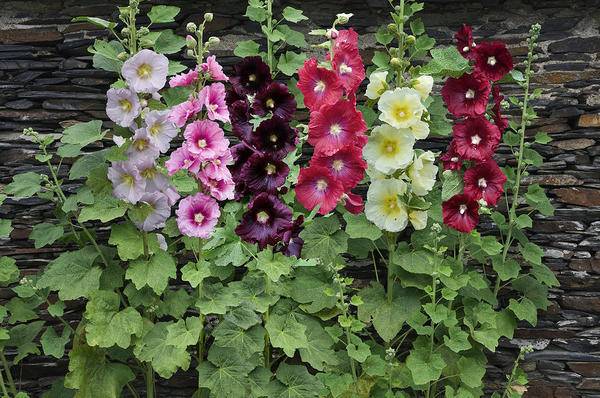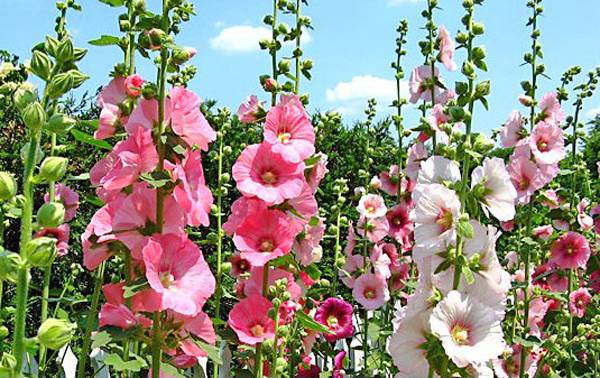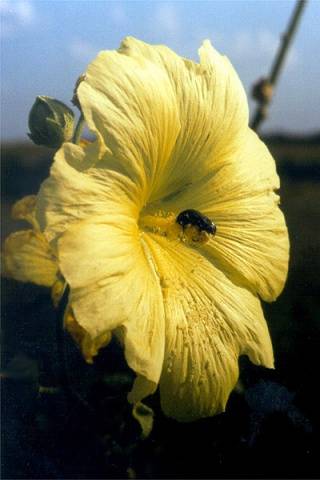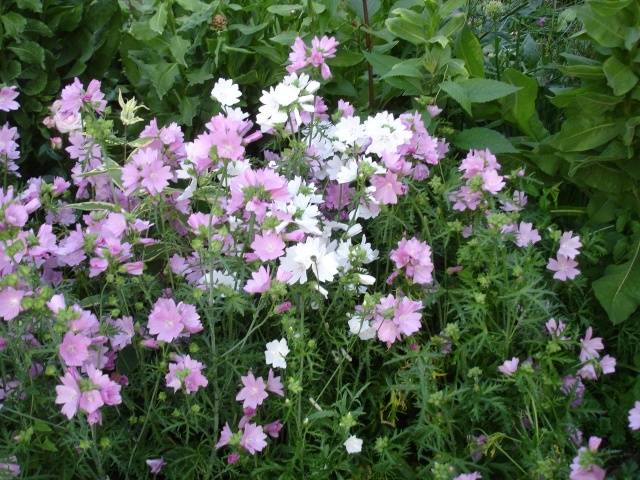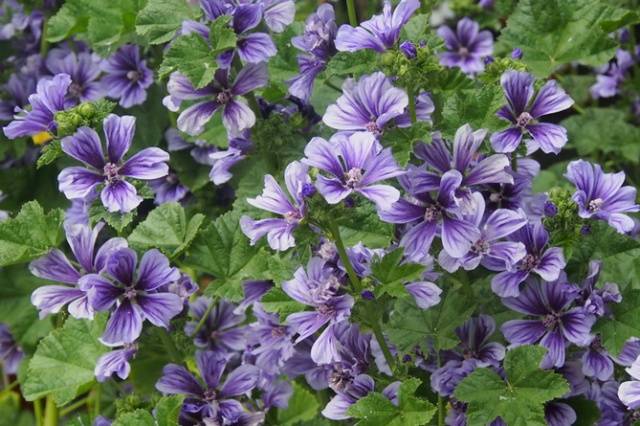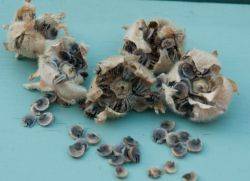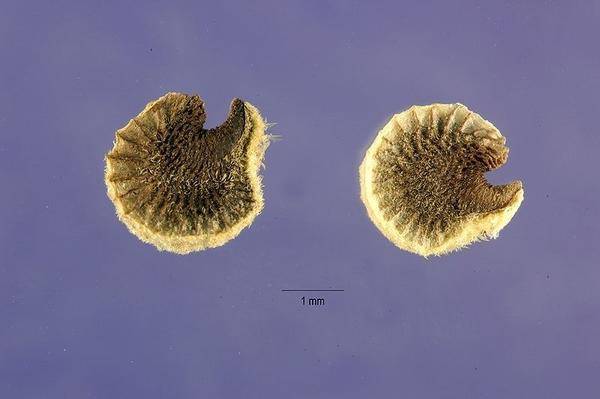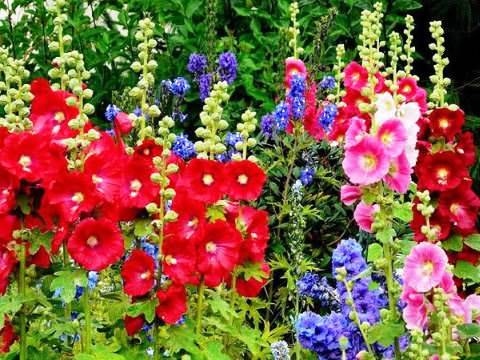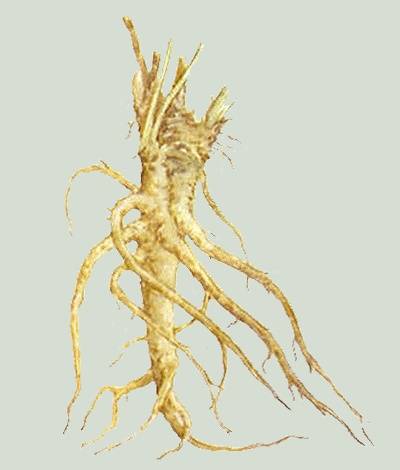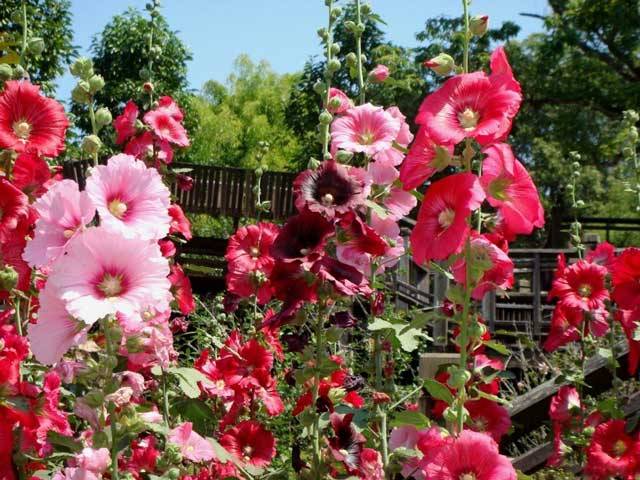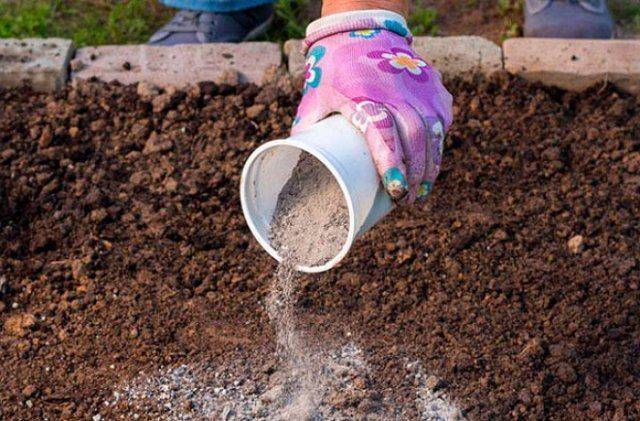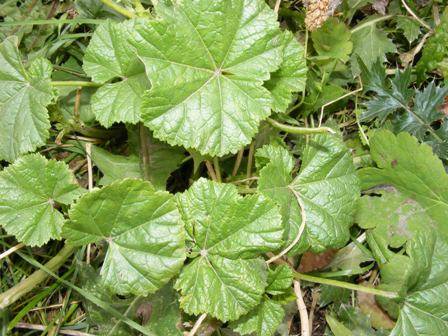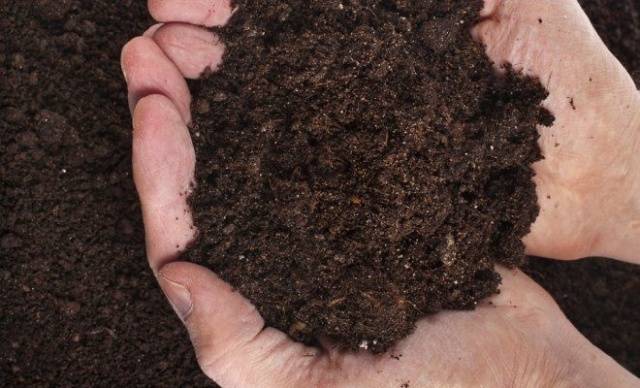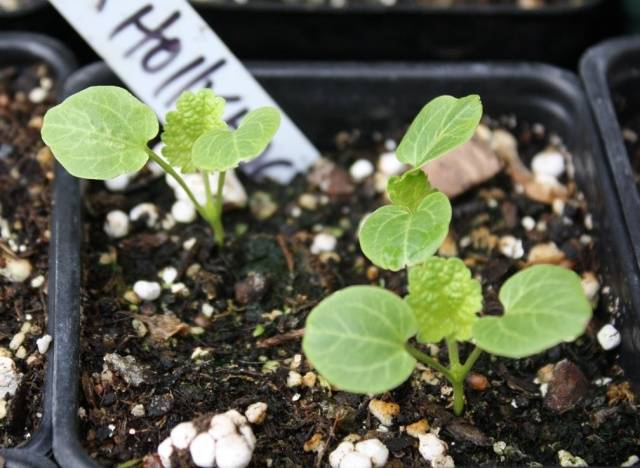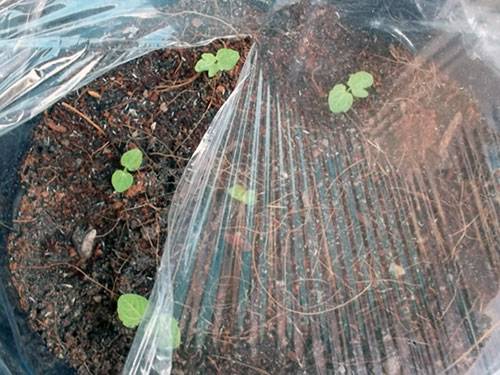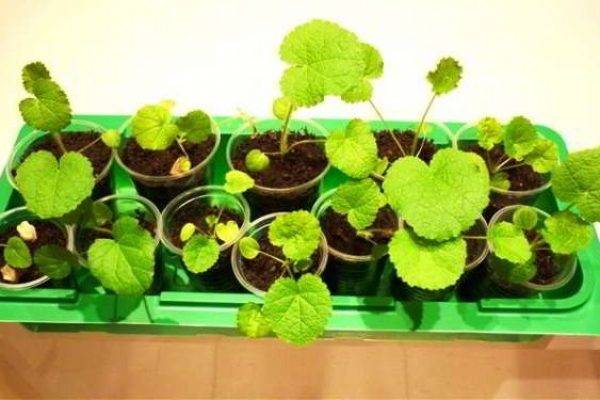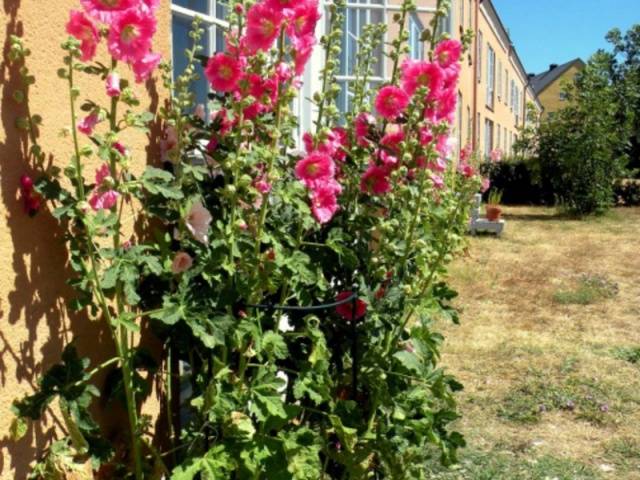Content
The plant that we call mallow is actually called stockrose and belongs to another genus of the mallow family. Real mallows grow in the wild. The stockrose genus includes about 80 species, many of which are found only in horticultural culture.
Description of the plant
Mallows are native to Central and Western Asia, and are found in the wild in the Balkans and southern Russia. In culture, numerous varieties and hybrids are grown, obtained by crossing wild species.
Their height ranges from a very small Majorette Mixed, not growing higher than 80 cm, to a giant Powder Puffs Mixed, which is 2 m high. All mallows have erect stems, at first pubescent, and then bare, one bush can give up to 15 shoots. Mallow is also characterized by large alternate leaves with long petioles, also pubescent. Their shape is varied and can be rounded heart-shaped or have up to 7 lobes. In the axils of the leaves, flowers are formed in number from 1 to 5. They have an accrete base and a split top. The diameter of the flower ranges from 5 to 15 cm. There are many interesting forms with double flowers. The color palette of mallow is very diverse and includes almost all colors and shades. Flowers are usually collected in a brush, there can be up to 150 of them.
For the most part, mallows are perennials or biennials. There are much fewer annual plants among them.
Views
The following types of this charming flower exist in nature:
- Mallow pink or common stockrose (Álcea rósea)... Despite the name, it has flowers of various colors: from white to dark cherry almost black. Flowers are large, bell-shaped, simple, up to 12 cm in diameter. The plant is tall, it can grow up to 2 m. By its nature, it is a perennial. Flowering begins in the second year. It can survive at the landing site for several years, but it runs wild.
- Wrinkled mallow (Alcea rugosa)... In the wild, it is found in the south of the Non-Black Earth Region, where it forms large thickets. It can grow in height from 80 cm to 120 cm. It blooms only with yellow flowers, their diameter is about 3 cm. It is rarely found in culture. Perennial.
- Musk or nutmeg mallow (Málva móschata)... Low - up to 80 cm perennial, cultivated as a biennial. It blooms in the second year after sowing with very abundant white or pink fragrant flowers with a diameter of about 3 cm. It is unpretentious, can grow in partial shade, reproduces well by self-sowing.
- Forest mallow (Malva sylvestris)... Low plant - up to 1 m. Widespread in the wild. It can be both annual and biennial and perennial. Small flowers, up to 3 cm in diameter in all shades of pink or purple. There is a garden form of forest mallow - zebrin. So it is named for the characteristic dark streaks on the flowers. Not all plants of this species are frost-resistant, therefore they are most often grown in an annual culture.
Close relatives of mallow are very decorative. lavaters, sidalese and malopa. Mallow propagates by seeds, some terry varieties can be propagated by cuttings, rooting green cuttings. This plant is prone to self-seeding.
What mallow seeds look like
Seed capsules are flat, rounded, formed in the deepening of sepals, their color is grayish-brown. This is what the mallow seeds look like in the photo.
At the beginning of seed ripening, the sepals turn yellow. Seed pods are picked and ripened indoors for a month. When fully ripe, they disintegrate into separate seeds.
Their germination capacity lasts about 3 years, some growers noticed that the lying seeds have a higher germination capacity. Mallows of different colors growing nearby are usually pollinated, so their seeds will not repeat the parental characteristics, but the flowers themselves may be more decorative and have an original color. The doubleness of flowers when sown with seeds is not preserved.
Seed reproduction
This is the easiest and most common way to grow this beautiful flower. Sowing dates depend only on whether the grower is ready to wait for the whole season of mallow flowering or wants to please himself with flowers already in the year of sowing.
Sowing in open ground
When sown in open ground in the first year, the plant grows a rosette of leaves, flowering is possible only in annual species.
Choosing a landing site
Mallow seeds are sown immediately to a permanent place, so you need to approach it carefully. Most of the species are tall. To prevent the wind from breaking the stems of plants, it is better to plant them next to the support: near a fence or a specially made pergola. For the same reason, the place should not be strongly blown by the wind.
For comfortable growth, mallow needs a well-lit place, only some species do not weaken their flowering with partial shading. But the flower is not very picky about the fertility of the soil - the long root allows it to receive nutrition from the lower layers of the soil.
Soil preparation
What requirements should the soil meet for planting mallow:
- It should be sufficiently moist, but without stagnant water.
- Loamy soil with sufficient humus content is best for planting. If it does not meet these requirements, it is improved: sand and humus are added to the clay, and humus or peat and clay are added to the sandy soil.
- The soil is dug onto the bayonet of a shovel, picking out the roots of weeds.
- For digging, humus or well-ripened compost and wood ash are introduced.
Features of seed preparation
Experienced growers do not advise sowing mallow seeds immediately after harvesting, although in a flower garden it often reproduces on its own with fresh seeds. Lying one and a half to two years, they sprout better. During this time, the seed coat dries up a little. To wake up the seed and let it swell, it is recommended to soak the seeds in ordinary warm water for about 12 hours.
Sowing technology
Mallow is sown at a distance of 50-70 cm from one plant to another. For low varieties, it may be less. For sowing, holes are made no deeper than 2-3 cm. 3 seeds are placed in each at a distance of about 5 cm. They are sprinkled with a layer of earth, slightly compacted with your hands, watered. To prevent seeds from dying in dry weather, the soil is kept moist until shoots appear.
Mallow seedlings have to wait from 2 to 3 weeks. If all the sown seeds have sprung up, you can simply pull out the excess plants or transplant them to another place.
Sowing timing
Mallow seeds in open ground can be sown in 2 periods - in spring and autumn. Plants that are planted in spring will bloom next year, just like those sown in autumn. The time for spring sowing is chosen so that the seedlings do not fall under spring frosts - young plants are sensitive to them and may die. This is usually mid to late May.Autumn planting is carried out in September.
When to plant mallow seeds for seedlings
Sowing seeds for seedlings is carried out if they want to get flowering plants of biennial species in the year of sowing. Mallow is usually sown in February or March in order to plant grown seedlings in a flower garden in late May or early June. You can grow mallow in peat tablets; peat pots filled with soil of the following composition are also suitable:
- one piece of sand and humus;
- 2 pieces of garden land.
In each container, 2 seeds are sown to a depth of about 2 cm. The containers are covered with foil. For seed germination, it is enough to maintain a temperature of 20 degrees.
In the photo there are sprouts of mallow sown for seedlings.
Excess plants need to be removed or transplanted into separate pots.
Seedling keeping conditions
Mallow seedlings do not have any special requirements, caring for them is simple.
- The main thing is the maximum amount of light. Without it, plants stretch out and weaken. In February and early March, they will need additional illumination with phytolamps.
- The temperature is about 20 degrees Celsius.
- Watering if necessary. Plant feeding is not required.
The photo shows the grown mallow seedlings, ready for transplantation.
Plants are planted in a previously prepared place without damaging the earthen lump.
The easiest way to reproduce
Usually, growers remove the mallow inflorescences when it has faded. If you do not want to engage in sowing in the ground or growing seedlings, you can leave several peduncles so that seeds are sown. Only the strongest plants will sprout in the spring. They can be used by transplanting them to the right place as soon as they have a second true leaf. Such plants will bloom in the year of planting. This method is not suitable only for double flowers. In seedlings obtained as a result of self-sowing, the terry is usually not preserved.
Conclusion
Mallow is a wonderful flower, indispensable for creating a garden in a landscape style. It will help decorate unsightly areas, serve as a tapeworm in a flower bed or in a mixborder, a background plant, and low species will decorate any flower garden with their long flowering.
